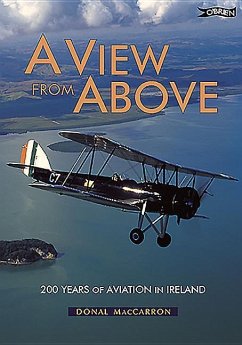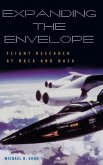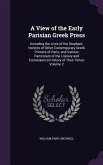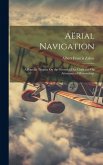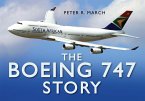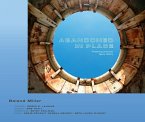Richard Crosby's ballooning exhibition in Ranelagh Gardens, Dublin in 1784 started a craze for aerial endeavor among the Irish. Even George Bernard Shaw got in on the act, viewing the ground through a hole in the basket, resulting in an early episode of air-sickness! After balloons came planes, and the success of the Wright Brothers was closely followed by a young Belfast mechanic, Harry Ferguson, whose monoplane flew distances of up to three miles. In the lead up to World War 1, Ireland became a testing ground for the Royal Flying Corps and the first aerodromes were commissioned. Later its successor, the RAF, arrived and became involved in operations against the IRA. In 1922, a daring escape was planned for Michael Collins, then negotiating a peace deal with the British authorities, in a plane appropriately named 'The Big Fella'. With the coming of international and domestic peace, the race to conquer new heights and cover longer distances resumed, with transatlantic attempts and the success of the commander of Ireland's own Air Corps, James Fitzmaurice. Many other Atlantic attempts started from Ireland in the wake of this trailblazer. As well as recording Irish achievement, the book also tells of the landings of international aviation pioneers such as Alcock and Brown. The story of Ireland's national airline, Aer Lingus, is told and the development of the modern airports under Aer Rianta. MacCarron also addresses the challenges that face Irish aviation in the future.
Hinweis: Dieser Artikel kann nur an eine deutsche Lieferadresse ausgeliefert werden.
Hinweis: Dieser Artikel kann nur an eine deutsche Lieferadresse ausgeliefert werden.

